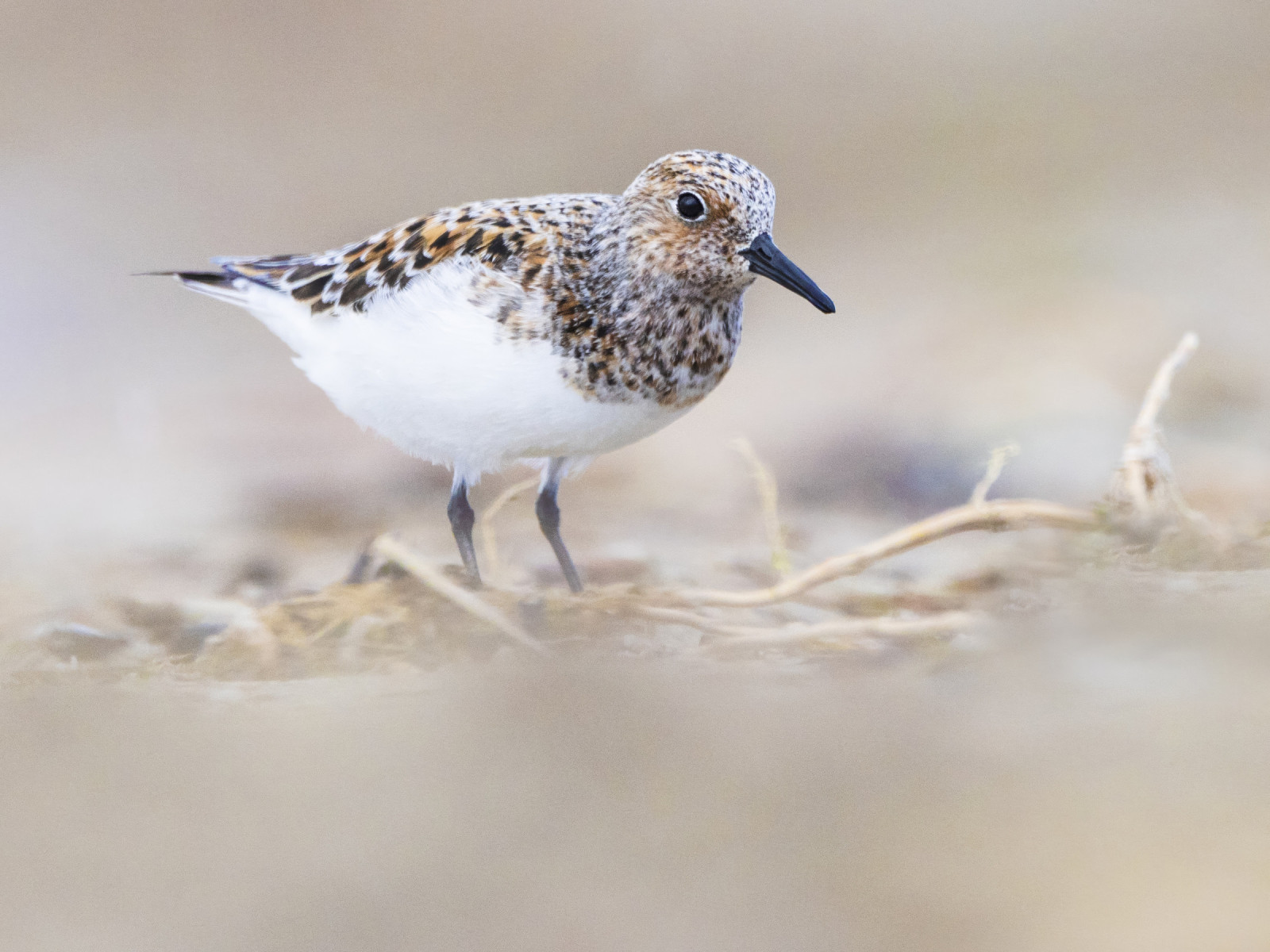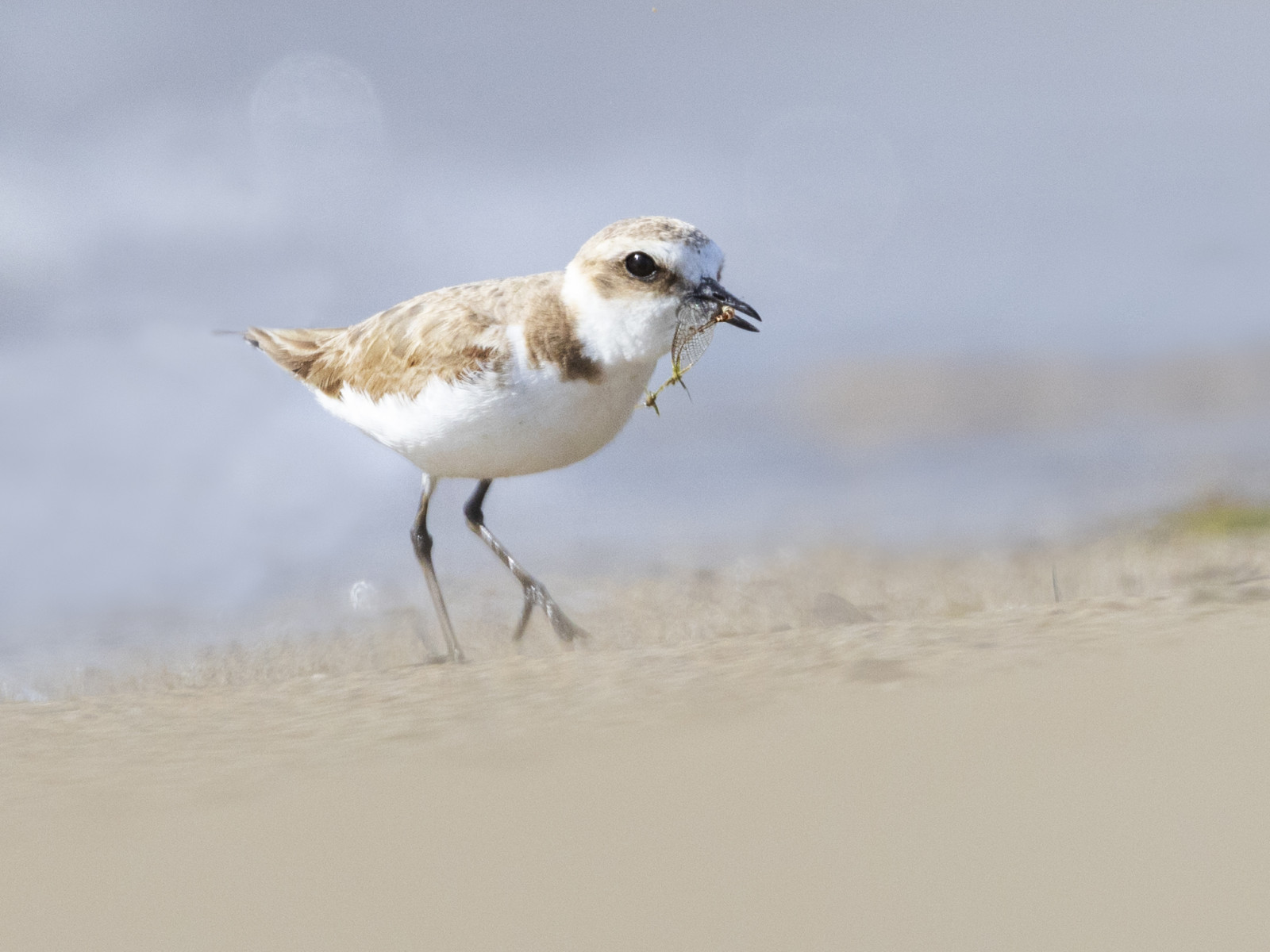Opis
The canal and harbour of Gletterens are located in the middle of the Grand Cariçaie, the largest reed bed in Switzerland, which runs along the south-eastern shore of Lake Neuchâtel. Over 250 species have already been recorded here. Similar rarities have been sighted as in nearby Fanel, such as kormoran mały, wydrzyk wielki, sieweczka morska, brodziec pławny, śnieguła, rybitwa różowa, dubelt, and rybitwa białoczelna.
The area is characterised by reed beds, alluvial forests, sandy beaches and lakes. Swimming is permitted on the beach, which is why the early hours of the morning are usually best for observation. The area can be walked through in a few minutes - but it also provides hours of ornithological pleasure.
The reed bed is considered one of the best places in Switzerland to observe wąsatka. The kszyk breeds here, as do trzciniak, zimorodek, brzęczka, bączek, and błotniak stawowy.
The forest is a breeding ground for kobuz, kukułka, wilga (zwyczajna), and various woodpeckers, notably the dzięciołek. On the lake you can observe terns, mostly rybitwa rzeczna , but also rare species.
The site is attractive in autumn and winter as well, when żuraw and drzemlik are resting, and with a bit of luck you might spot a ogorzałka on the lake or a bąk wintering in the reeds.
However, the best time is undoubtedly the end of April and the first two weeks of May. kobczyk regularly benefit from the insects on offer during their migration, and waders like sieweczka obrożna, piaskowiec, sieweczka morska, kamusznik, and many others feed on the hatching mayflies.
Szczegóły
Dostęp
The Canal et Port de Gletterens area can be reached by bus 544 from Fribourg, although this line does not have ornithologist-friendly timetables. The bus stop Gletterens, lac is 5 minutes from the beach. There is also a parking nearby. Press P on the map for directions to a parking spot. The area can be explored on foot and is wheelchair accessible.
Teren i siedlisko
Las , Tereny podmokłe , Trzcinowiska , Plaża , JezioroWarunki
PłaskiTrasa dookoła
TakCzy luneta będzie przydatna ?
Może być przydatnaUdany sezon obserwacyjny
Przez cały rokNajlepszy czas na wizytę
Wiosna , Wiosenne migracjeTrasa
Szeroka ścieżkaPoziom trudności szlaku pieszego
ŁatwyDostępne
PieszoCzatownia/platforma obserwacyjna
NieDodatkowe informacje
Do NOT leave the paths, as the area around is very vulnerable and strictly protected.




